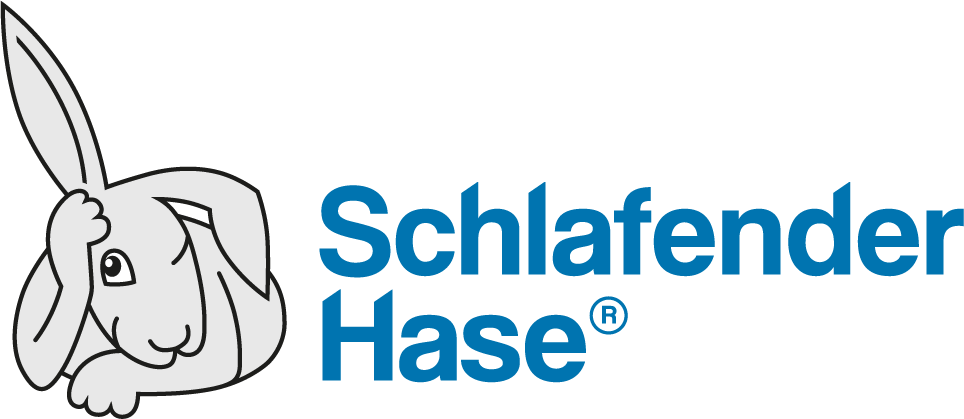It may sound like the name of a favourite aunt, but it’s much more than that: MAUDE stands for Manufacture and User Facility Device Experience and is a US Food and Drug Administration (FDA) database for medical device reports (MDRs). MDRs are submitted by mandatory and voluntary reporters to help monitor the performance, safety and risk-benefits of devices. Each year, MAUDE receives hundreds of thousands of these reports. And sometimes they lead to costly recalls.
What is a medical device recall?
In the words of the Food and Drug Administration (FDA), “A recall is a method of removing or correcting products that are in violation of laws administered by the Food and Drug Administration (FDA).” Such recalls are generally voluntary, but the FDA does have the power to issue a mandatory “recall order” for medical devices according to 21 CFR 810. [1] However, this power is rarely used. Recalls (or potential recalls) are identified by the FDA as classes I, II and III according to the hazard, with Class I being the most serious.
This should not be confused with the device class and regulatory controls assigned to a medical device itself (also in classes I, II and III), which are used to determine FDA requirements before a medical device can be released onto the US market.
What are common causes of medical device recalls?
A quick glace at the largest recalls by number [2] in recent times points to quality problems, such as manufacturing or design faults, as the most common reason for a recall. However, it is generally considered that about 10% of medical device product recalls over the years can be attributed to non-compliant labeling, which has become increasingly complex over the years.
Total Recall – At High Cost
The costs of medical device recalls can run well into the millions of dollars. In terms of numbers of devices recalled, heading the unfortunate list of medical device recalls in recent times is a Class I recall of 38 million Vial2Bag fluid transfer systems by West Pharmaceuticals in 2019. According to FDA figures, [3] over 60 medical devices were recalled in 2023. This included the recall of Teleflex, and Arrow International, Pressure Injectable Catheter Kits [4] due to mislabeling.
In the case of the Teleflex / Arrow International recall, the banner card label correctly listed the product code and product name as chlorohexidine coated. However, it is listed incorrectly as non-coated on the lid stock label of the kits. While the total recall number in this case was relatively small (involving just over 1900 units on the market in the US), it was identified by the FDA as a Class I recall. Not only the company itself faces additional expenses associated with managing and correcting all aspects of a recall such as this. A company must deal with ripple effects throughout its product supply chain. Customers (in this case, medical facilities) need to perform inventory checks, stop using and quarantine the affected product, inform patients, and fill out and return numerous documents. Distributors are affected by similar requirements, and this is just the tip of the iceberg.
Medical device recall process – High-level recall strategy
It is crucial to have a recall strategy in place. At the highest level, this strategy should take into account factors such as:
- Results of the health hazard evaluation
- Ease in identifying the product
- Degree to which the product’s deficiency is obvious to the consumer or user
- Degree to which the product remains unused in the market-place
- Continued availability of essential products [5]
Recuperating from an FDA medical device recall
Recall issues are obviously unplanned events in which something has gone horribly wrong. But companies must have contingency plans for a recall. This means being in a constant state of preparedness. Recall teams should be trained in their respective responsibilities, well-led and regularly practice mock recalls. In particular, contingencies should be in place for open, targeted communications with customers, distributors, patients and with regulatory bodies.
In the case of the latter, that means clearly understanding regulatory requirements for the medical device, along with reporting and communication requirements. In the US, moves are afoot for optimization in the form of a Medical Device Recall Improvement Act, which was introduced in the US Congress in late 2023. This foresees an electronic format for medical device recall notifications. The aim is to streamline communication between device manufacturers, FDA, hospitals, and health care professionals.
Because regulations change over time, recall contingency plans must also be regularly reviewed in your internal procedures.
How can you prevent a medical device recall?
Your quality systems must be strict from design specifications right through to the labeling that accompanies the medical device. You must also take into account the quality of suppliers in the supply chain. In labeling, that means not only having highly skilled regulatory affairs (RA) and/or marketing professionals on-hand who understand the regulations and have workflows in place to assure quality. Often, it also means using trusted suppliers for tasks outsourced (e.g. labeling artwork).
Automated Proofreading is the key
The most cost-effective solution here is to integrate automated the processes into workflows. In terms of labeling, your solution needs to be able to compare a downstream document (e.g. artwork file) with an approved master document, highlight deviations (errors) and track all steps in an audit trail report. The solution you choose must also be able to verify documents in any language and document formats, as well as large artwork files for graphical deviations. Furthermore, you will need to grade digital barcodes for your medical device labeling. Here it is important to be able to integrate the solution into your larger workflow.
TVT® comparison software and its modules TVT Artwork®, TVT Barcode® and TVT Spelling® has been developed to meet all these key criteria for medical device labeling. To find out more, get in touch with us.
- https://www.ecfr.gov/current/title-21/chapter-I/subchapter-H/part-810?toc=1
- https://www.statista.com/statistics/1029879/top-10-medical-device-recalls-globally-by-number-of-units/
- https://www.fda.gov/medical-devices/medical-device-safety/medical-device-recalls
- https://www.fda.gov/medical-devices/medical-device-recalls/teleflex-and-arrow-international-recall-pressure-injectable-catheter-kits-mislabeling
- https://www.fda.gov/files/medical%20devices/published/Introduction-to-Medical-Device-Recalls–Industry-Responsibilities-%28PDF%29.pdf







